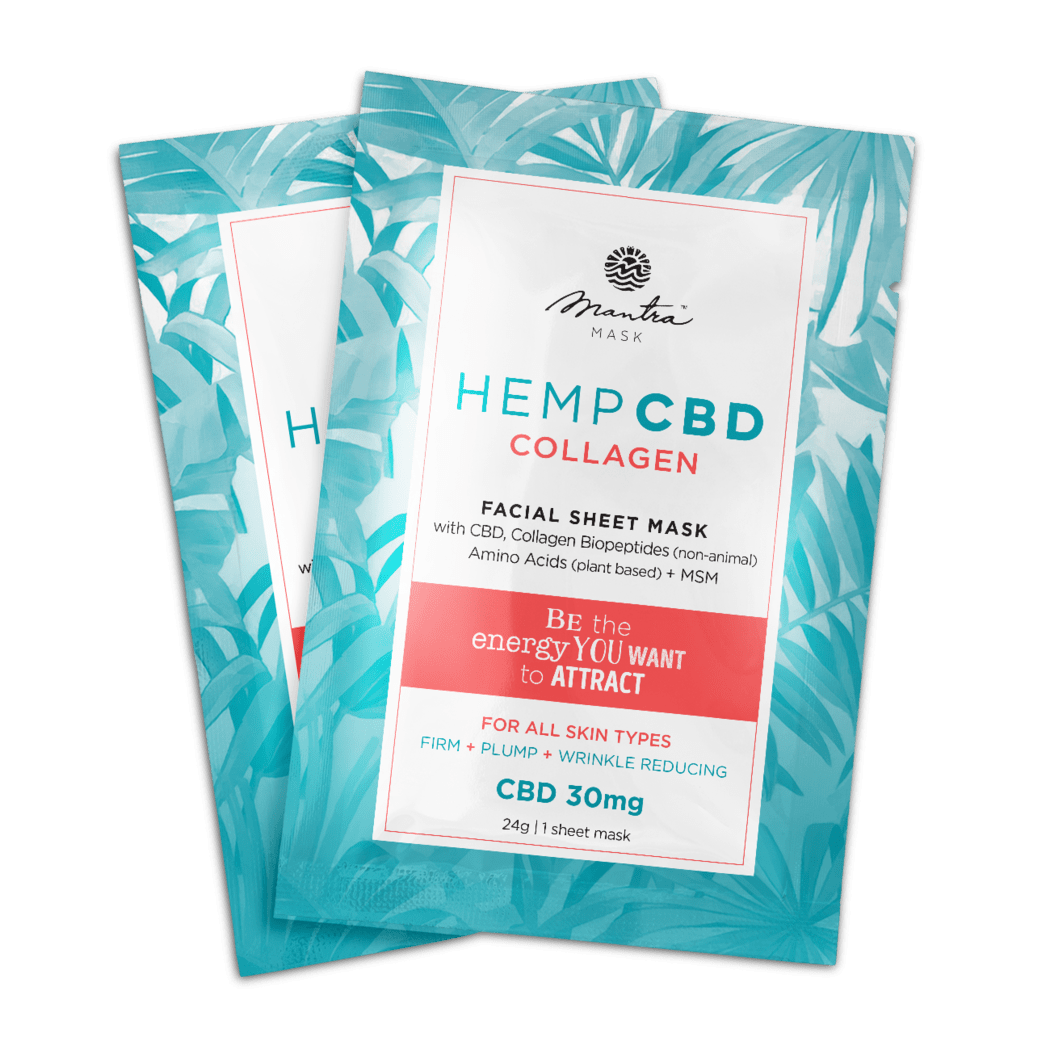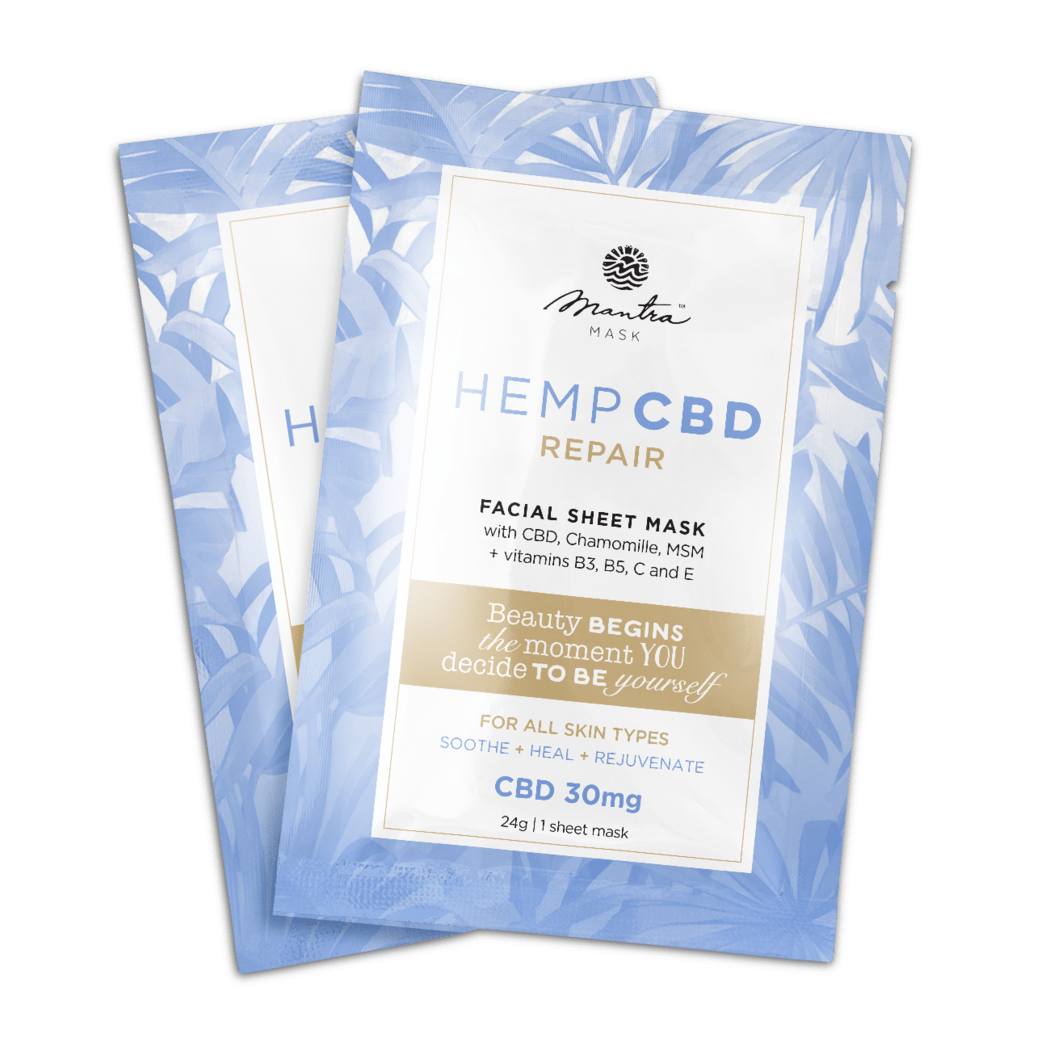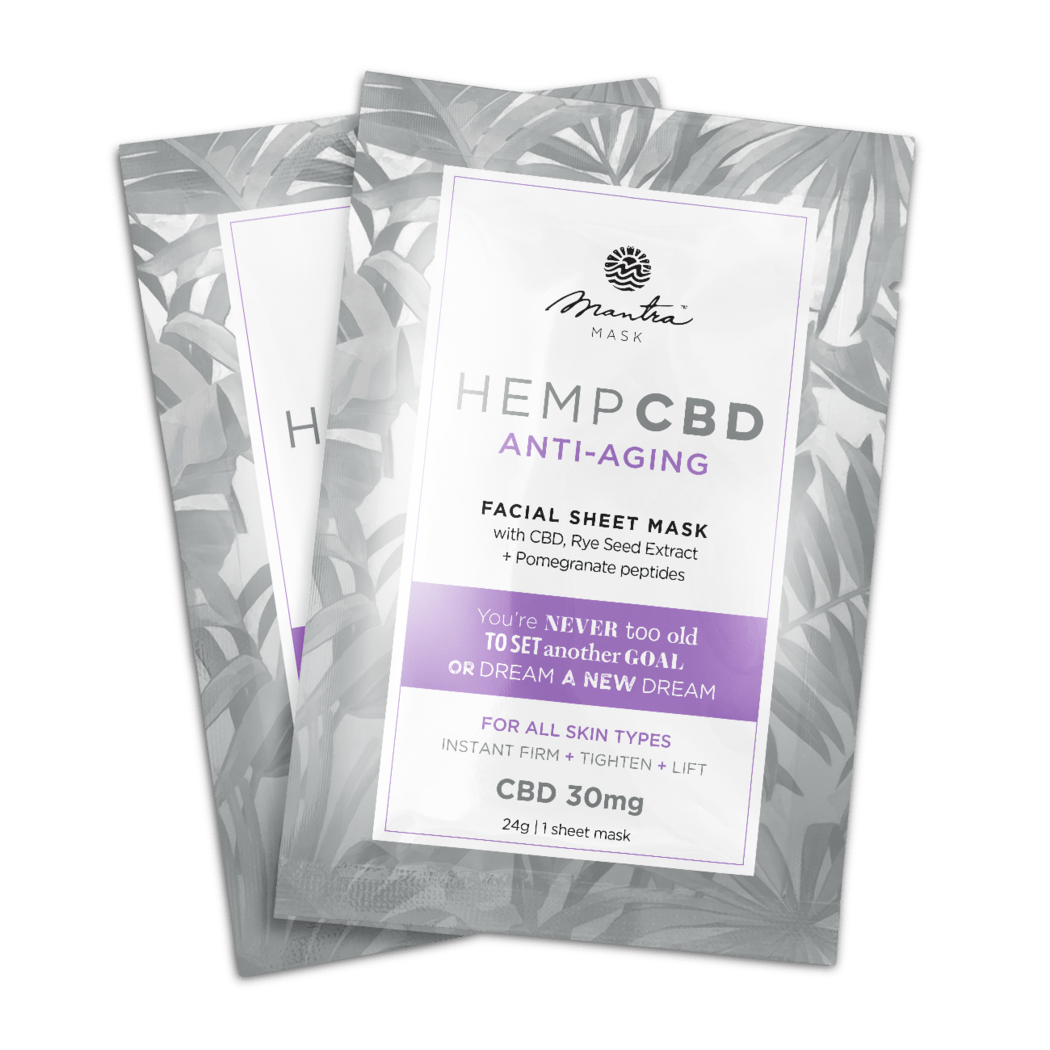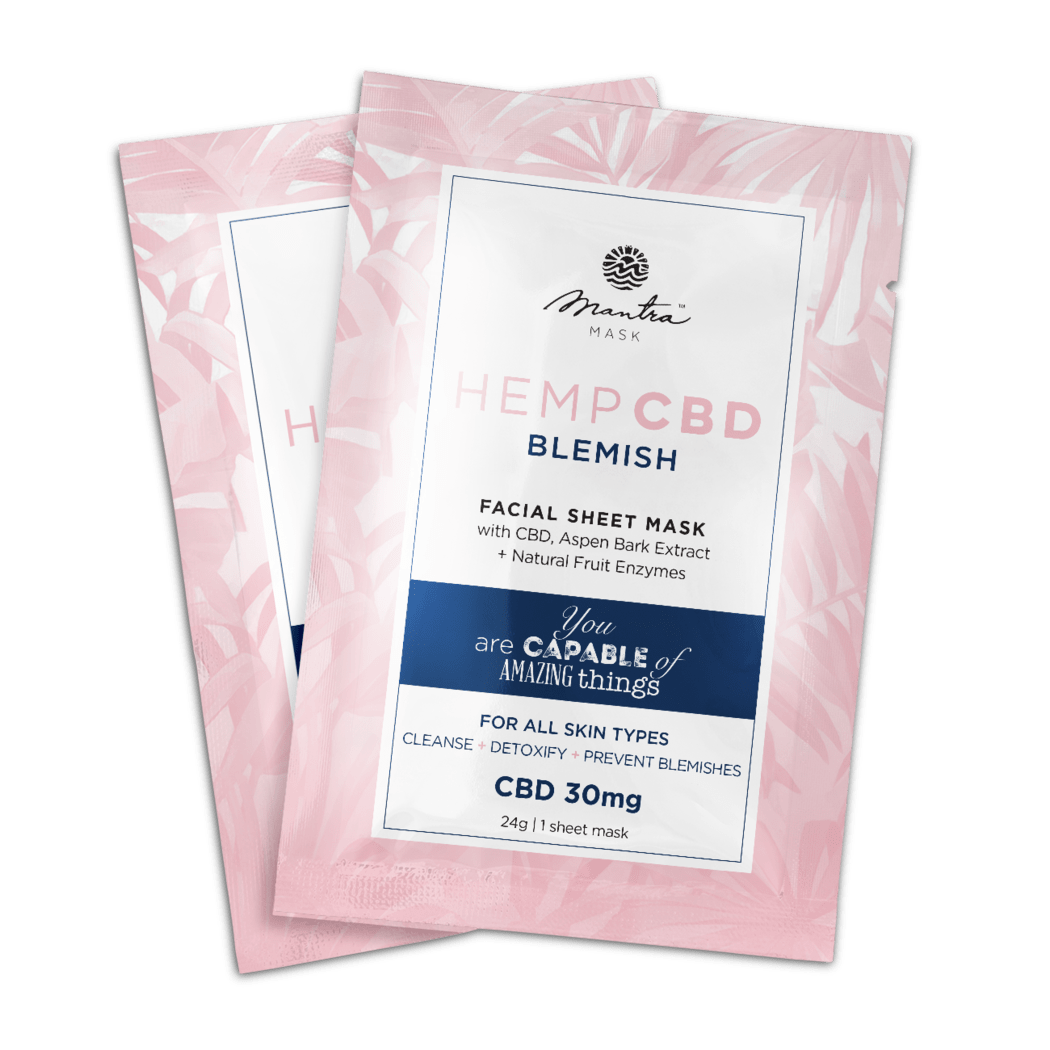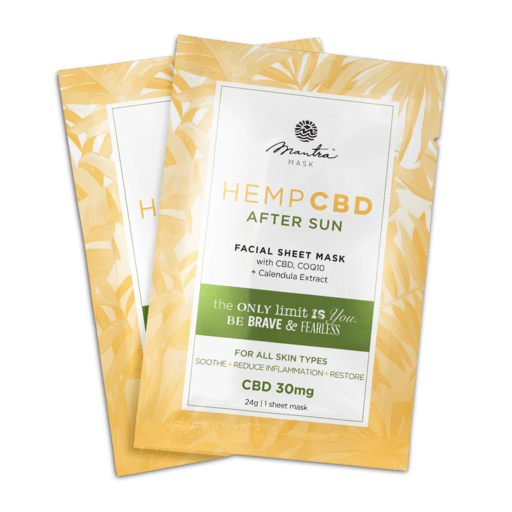Sustainability has become a buzzword across all industries, including the cosmetics industry. Consumers are now becoming more conscious about their purchase decisions, and they want brands that are socially responsible. Packaging plays a significant role in the cosmetics industry, and it is one factor that companies can control to reduce their environmental impact.
The cosmetics industry is one of the largest contributors to plastic waste globally. Approximately 70% of plastic packaging ends up in landfills or in the environment, causing significant harm to wildlife and the ecosystem. As consumers become more aware of the environmental issues, they are now demanding beauty brands to consider the sustainability of their packaging.
Sustainable packaging in the cosmetics industry refers to materials used to package cosmetic products that are environmentally friendly and safe for human health. Some examples of sustainable packaging materials include glass, metal, paper and paperboard, and bioplastics. These materials can be recycled or reused, and they have a lower carbon footprint compared to traditional packaging materials like plastic.
Several brands have started adopting sustainable packaging practices in the cosmetics industry. Lush Cosmetics, for instance, encourages its customers to return their packaging to a store for recycling or to use for future purchases. The Body Shop introduced recycled plastic packaging that is 100% Community Trade recycled. Packaging supplier, Albéa Group, is working with its customers to develop eco-design packaging that is functional, aesthetic, and environmentally friendly.
While the push for sustainable packaging is gaining momentum, some challenges still inhibit its full adoption in the cosmetics industry. Cost is one challenge as sustainable packaging materials can be pricier than traditional materials. Brands need to consider a balance between sustainability and profitability. It also takes time and resources to shift from traditional packaging materials and develop new eco-friendly packaging solutions.
Another challenge in achieving sustainability in packaging is the lack of regulations or industry standards. There is no agreement on what materials are considered sustainable, and some companies may use misleading terms to market their products as eco-friendly. An independent third-party certification can help verify and standardize sustainable packaging claims.
The cosmetics industry needs to prioritize sustainability in packaging to reduce the negative impact on the environment and meet the consumer demand for eco-friendly products. Brands should aim to reduce the use of non-recyclable materials like single-use plastics and adopt sustainable packaging solutions. They can also encourage consumers to recycle their packaging and educate them on the importance of responsible waste management.
In conclusion, sustainability in packaging is an essential aspect of the cosmetics industry. Sustainable packaging solutions not only help to reduce the environmental impact of beauty products but also satisfy the consumer demand for socially responsible brands. While the challenges and costs of implementing sustainable packaging may seem overwhelming, brands must begin to prioritize sustainability in packaging and work towards developing new solutions. It is time for the cosmetics industry to take up the sustainability challenge and make the world a better place for all.

